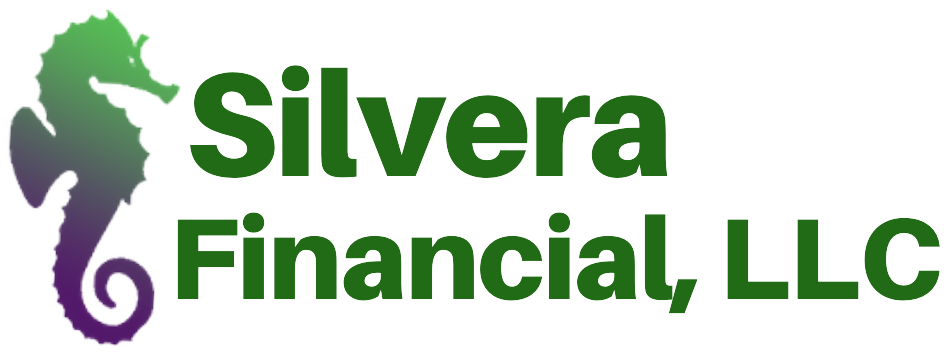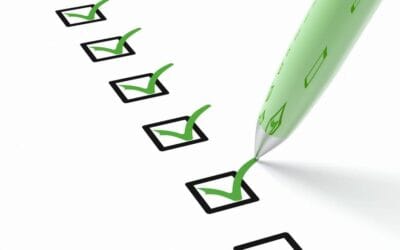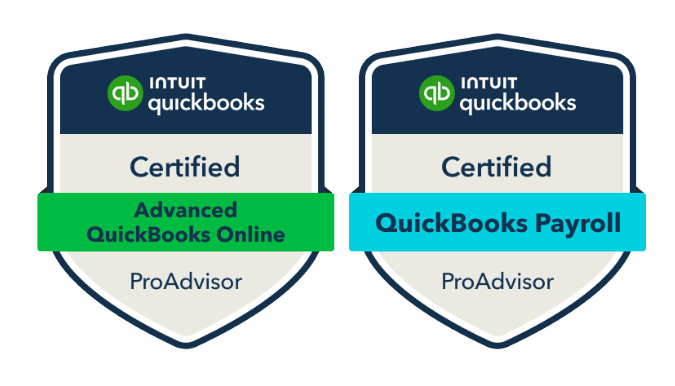Introduction
Let’s be honest—have you ever grabbed your personal debit card to pay for a business expense? Or used your business account for a personal coffee run? If so, you’re not alone! Many small business owners unknowingly mix business and personal expenses, but this seemingly harmless habit can lead to tax headaches, financial confusion, and compliance issues.
The good news? It’s 100% fixable! In this guide, we’ll cover why you need to separate business and personal finances and how to fix it if you’ve already mixed them.
Why Separating Business and Personal Expenses Matters
🚨 The Risks of Mixing Finances:
- Messy bookkeeping – Harder to track profitability and expenses.
- Tax complications – Could result in missed deductions or IRS red flags.
- Legal liability – Blurring the line can impact LLC or corporate protections.
- Cash flow confusion – Not knowing what money is truly available for business operations.
✅ The Benefits of Keeping Them Separate:
- Accurate financial records for smarter business decisions.
- Maximized tax deductions (without IRS scrutiny!).
- Legal protection by maintaining business entity compliance.
- Easier bookkeeping (and less stress come tax season!).
How to Separate Business and Personal Expenses (The Right Way)
1. Open a Business Bank Account & Credit Card
💡 Best Practice: Keep all business income and expenses in a dedicated business account.
- Set up a separate business checking account ASAP.
- Apply for a business credit card to streamline transactions.
- Use your business account for all business-related transactions.
🎯 Pro Tip: Already mixed expenses? Go back and label transactions correctly in QuickBooks!
- Personal expenses that were paid for by the business: Those transactions should NOT be categorized as business expenses and should never appear on your Profit & Loss statement. Instead, categorize them under an Equity account since they represent money being taken out of the business for personal use. Look for an equity account called Owner’s Draw, Owner’s Pay & Personal Expenses, or Shareholder’s Draw and assign the transaction accordingly. This ensures personal spending is properly tracked without distorting your business’s financial records.
- Business expenses paid with personal funds: This gets a little trickier, but the way you categorize them depends on whether you plan to reimburse yourself. If you expect to be reimbursed, this is considered a temporary loan to the business, and the transaction should be recorded under a Liability account called “Due to Owner.” When you eventually pay yourself back from the business, the reimbursement should be applied to that same liability account. However, if you do NOT plan to reimburse yourself, the transaction is considered an Owner Contribution and should be categorized under an Equity account, such as Owner’s Contribution, Owner’s Investment, or Shareholder’s Contribution.
- Note: One important thing to note is that when entering expenses in QuickBooks, the software does not display Equity or Liability accounts in the Payment Account field. Instead, you will need to create a journal entry to correctly record these transactions. In this case, the journal entry should debit the appropriate expense category (such as Office Supplies or Advertising) and credit the correct Equity or Liability account to reflect the source of funds properly.
To prevent future issues, always use separate business and personal accounts and ensure you have designated accounts for Owner’s Draw and Owner’s Contribution in QuickBooks. Regularly reviewing transactions will also help catch and correct any misclassifications before they cause reporting or tax problems.
2. Use Accounting Software to Track Expenses
💡 Why? Categorizing expenses correctly prevents tax mistakes.
- Use QuickBooks to automatically categorize business transactions.
- Set rules for recurring expenses (rent, software subscriptions, etc.).
- Regularly review and correct any misclassified expenses.
🎯 Pro Tip: Uploading and Categorizing Receipts in QuickBooks
- The QuickBooks mobile app and the Receipts tab make it easy to scan and categorize business receipts directly into your books. However, keep in mind that QuickBooks cannot categorize receipts for expenses paid with personal funds through the Receipts tab. If you used personal funds for a business expense, the transaction should be recorded using a journal entry rather than the standard expense entry method. Once you’ve entered the transaction, you can attach the corresponding receipt by clicking the “Add an attachment” link near the bottom of the journal entry page. This ensures the expense is properly documented while keeping your financial records organized and tax-ready.
3. Reimburse Yourself Properly (If Needed)
💡 The Right Way: If you must pay for a business expense with personal funds, do this:
- Pay the expense with your personal card.
- Log the expense in QuickBooks under Owner’s Contribution.
- Reimburse yourself from your business account with proper documentation.
🚨 Wrong Way: Don’t just transfer money randomly between accounts without a record!
4. Stop Using Business Funds for Personal Expenses
💡 Bad Habit Alert: Grabbing your business card for personal expenses? It’s time to stop! 🚫
- Set a personal budget so you don’t dip into business funds.
- Avoid ATM withdrawals from your business account (unless for documented business use).
- If you accidentally use your business account for personal expenses, record it as an Owner’s Draw in QuickBooks.
5. Work with a Bookkeeper for Ongoing Compliance
💡 Why It Helps: A bookkeeper ensures your expenses stay clean and tax-ready.
- Monthly reconciliations prevent mistakes from piling up.
- Helps catch and correct mixed transactions early.
- Provides tax-friendly insights on maximizing deductions.
📩 Need expert help? Let’s clean up your books! Book a Free Consultation
Final Thoughts
Mixing business and personal expenses happens—but it’s fixable! By setting up separate accounts, tracking transactions correctly, and maintaining proper records, you’ll stay organized, maximize deductions, and avoid IRS headaches.
📩 Need help sorting through past transactions? Let’s chat! Book a Free Consultation






0 Comments